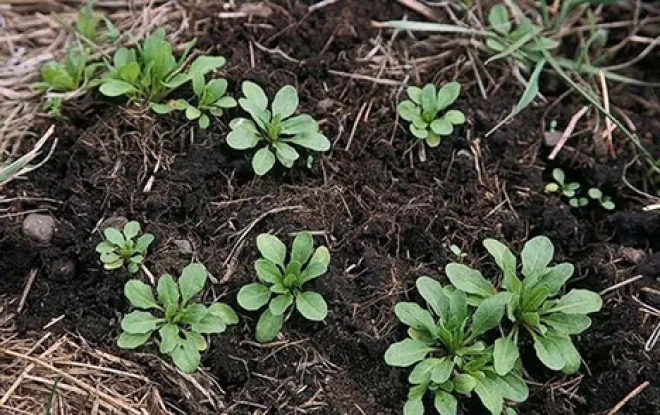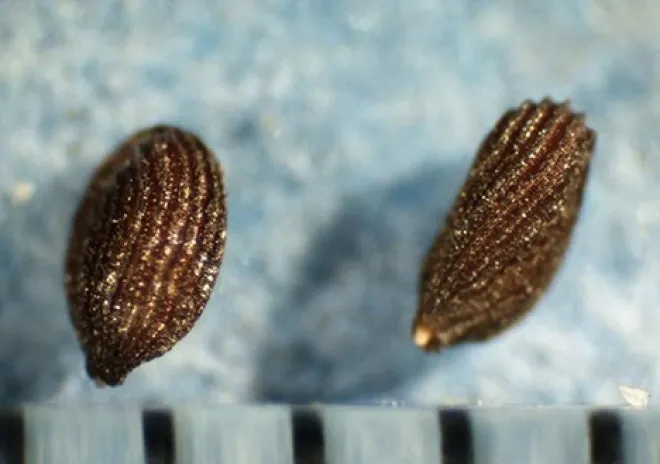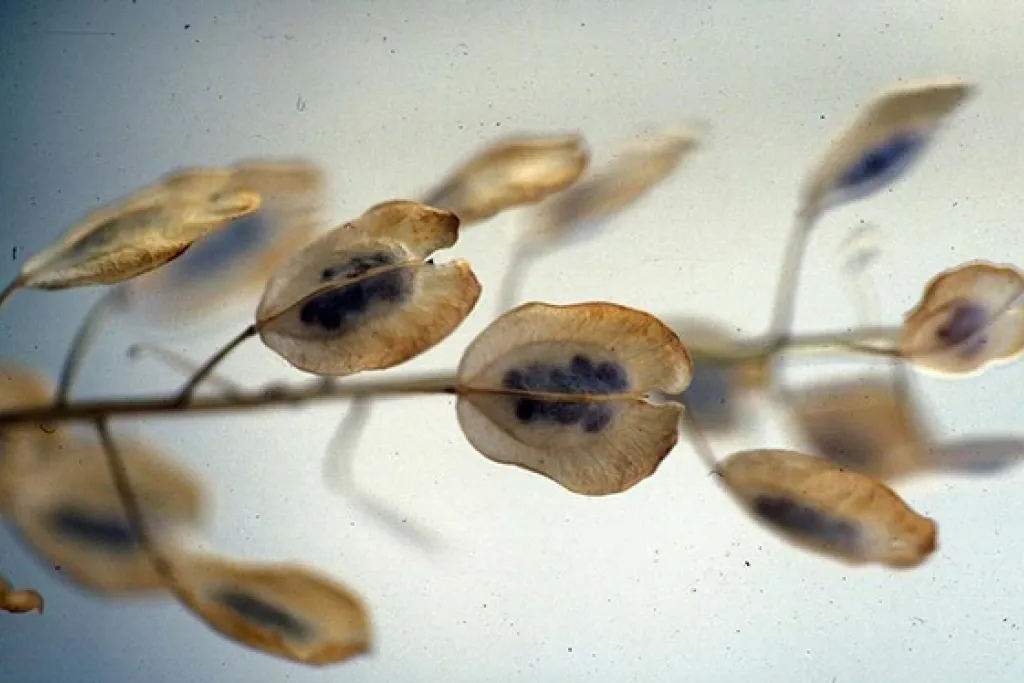Thanks to a $10 million dollar grant awarded by USDA’s National Institute of Food and Agriculture in 2019, a new oilseed is moving ever closer to becoming a cover crop that can be used both as a component in biofuels and livestock feeds.
The research effort focuses on golden pennycress (Thlaspi arvense) and developing it as a winter-annual cash cover crop for use by the biofuel industry. The Coordinated Agriculture Project (CAP) was funded through NIFA’s Agriculture and Food Research Initiative competitive grant program. The five-year project is led by investigators at Western Illinois University who are working with researchers from Illinois State University, Ohio State University, University of Wisconsin-Platteville, University of Minnesota and industrial partner CoverCress Inc.

Since receiving the initial funding, the research team has made significant advances in developing golden pennycress into a crop that will benefit Midwest farmers. The alternative crop is planted immediately following corn harvest. In addition to breeding work that improved varieties of pennycress, research is underway to evaluate storage methods, the quantity and quality of oil extracted, and the shelf life of pennycress oil. Additionally, both oil and meal will be studied to determine uses for fuel, feed and food applications.
Potential for Golden Pennycress
- Increases profitability of production agriculture.
- Has potential for use on a huge number of acres.
- Increases energy security by diversifying the nation's energy portfolio.
- Helps mitigate greenhouse gas emissions and related climate change impacts
- Contributes to the economic health of rural communities.
- Decreases soil erosion and nutrient runoff.
- Supports pollinator health and biodiversity.
Farmers’ adoption of golden pennycress will hinge on their ability to integrate it into their existing crop production systems while exposing their operations to minimal economic risks. The Pennycress CAP team’s Extension and education efforts are focused on farmers and providing them with the information and management tools needed to successfully add pennycress into their operations. They are employing a variety of outreach methods including meetings, webinars, workshops and a comprehensive website to share information relevant to pennycress oilseed production.

In addition to educating farmers, the team has been sharing its results widely among colleagues. Team members have presented research findings at almost 20 conferences in 2022 alone. They have published 14 articles in scholarly journals in the last four years, including one by an undergraduate. Kyle Verhoff, working with Pennycress CAP researchers, had his “Winter-type Oilseed Pennycress Crop Staging Guide” published in the journal Crop, Forage & Turfgrass Management.
Thanks to the CAP, CoverCress is well on its way to successfully commercializing golden pennycress as an oilseed biofuel crop grown in the northern Corn Belt. The company plans a commercial launch of seed this year. CoverCress recently announced a commercial partnership with Bunge where it will supply CoverCress grain produced under contract with farmers to Bunge for processing. Additionally, a strategic partnership between Chevron, Bunge and CoverCress will create a farm-to-fuel supply chain for the low carbon intensity oil feedstock produced from CoverCress grain.
Projects like this reflect USDA’s commitment to support U.S. farmers with climate-smart agriculture practices and research, including biomass feedstock genetic development, sustainable crop management at scale and post-harvest supply chain logistics.
Top image: Field pennycress. Credit: Ohio State Weed Lab at The Ohio State University.

